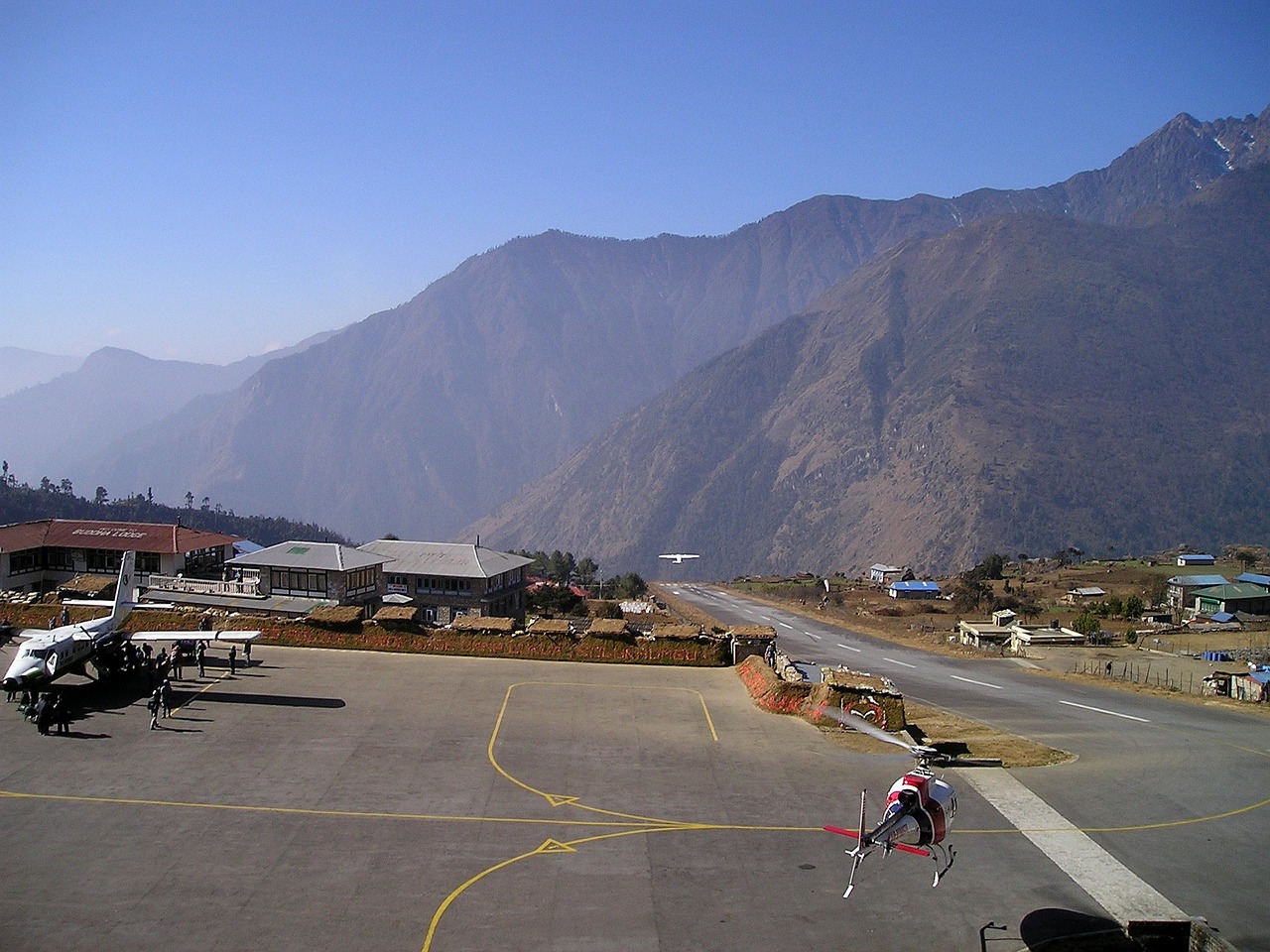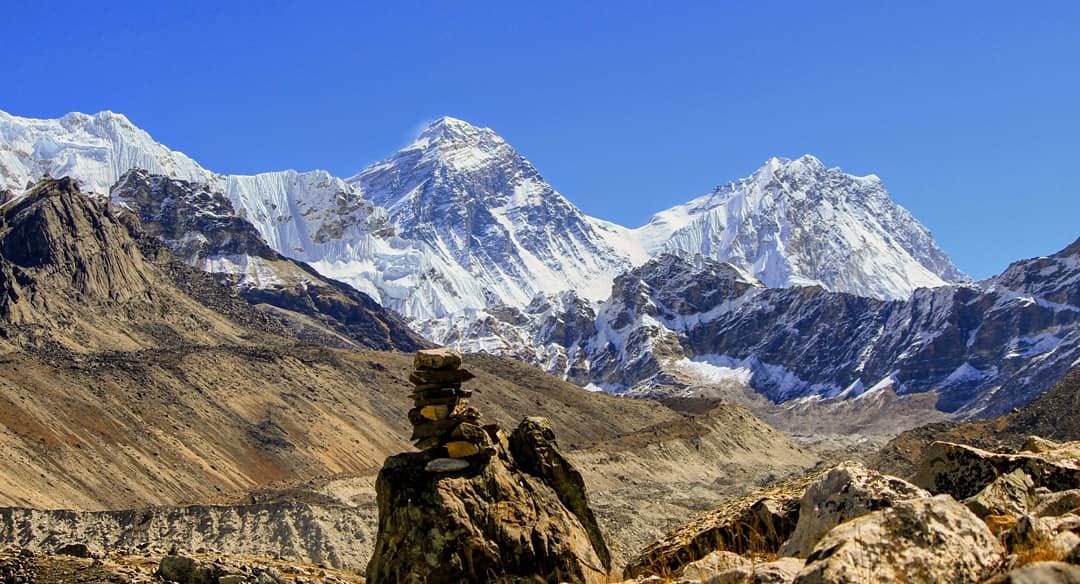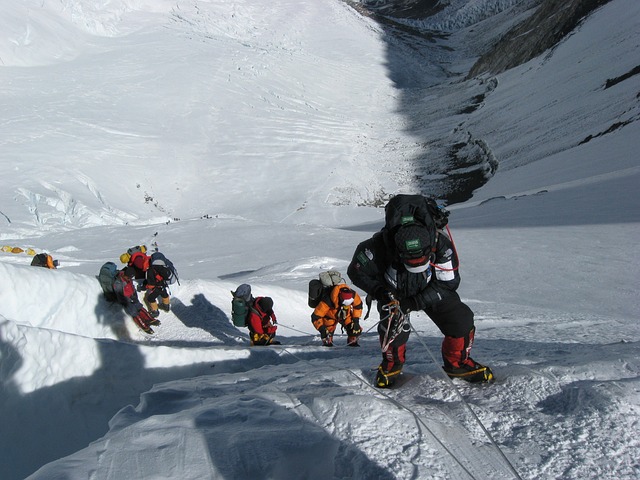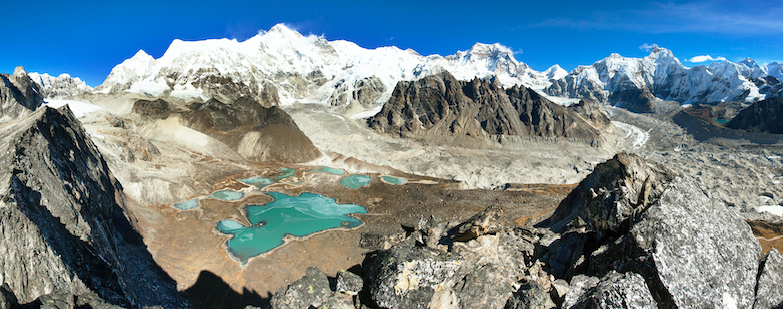After a massive ice mass movement, at least three Sherpa guides have been buried in Everest.
On Wednesday morning, around 9:30am, in the first accident of the season on the world's tallest peak, Everest, tonnes of ice masses moved downslope and buried three Sherpa guides. According to Lakpa Norbu Sherpa, the Everest base camp coordinator of the Himalayan Rescue Association, the massive ice sheet, which was more than 50 meters in size, tumbled down the mountain below Camp 1 at 5,700 meters and buried the three guides. The coordinator provided this information to the Post from the base camp.
He stated that the likelihood of discovering the missing climbers alive is extremely low.
Norbu Sherpa, who is both the Everest base camp coordinator of the Himalayan Rescue Association and a long-line rescue specialist, stated that the missing climbers are buried five to six meters beneath the surface. Due to the ongoing risk of avalanches, a search mission cannot be launched at this time. Although the location has been identified, reaching it is not feasible due to the large ice sheets that are comparable in size to houses.
The accident occurred at 9:30 am while the team of approximately 25 high-altitude guides were climbing above the Khumbu Icefall to prepare the route from Camp 2 to the summit, according to Norbu. He also stated that the missing climbers are not trapped in crevasses but are buried under ice masses in the Khumbu Icefall, which is the most dangerous section of Everest.
Despite the challenges, Bigyan Koirala, an official at the Department of Tourism, stated that rescue efforts are ongoing.
Koirala stated that a helicopter has already flown three times over the area. He also mentioned that the rescuers will be utilizing Recco detectors and avalanche transceivers to locate and find people buried under the snow.
However, according to Norbu, reaching the incident site is impossible, either by helicopter or on foot, despite knowing the exact location. This is due to the likelihood of further avalanches caused by the movement of the massive snow mass.
The Sagarmatha Pollution Control Committee has mobilized icefall doctors to prepare the route from base camp through the Khumbu Icefall to Camp 2, while Imagine Nepal Trek and Expedition has won the bid to prepare the route from Camp 2 to the summit. The route-fixing team, led by Dawa Gyalje Sherpa, moved towards the base camp on April 5 to prepare the route.
The Khumbu Icefall, which is notoriously dangerous, stretches from 5,500 to 5,800 metres and lies just above the Everest base camp. Even experienced Sherpas hesitate to move through the Khumbu Icefall when the sun shines. The route through the Khumbu Icefall is typically crossed during the night or early morning with climbers using headlamps, and is typically done between 3am and 5am when the ice blocks and hanging glaciers are stable and avalanche risks are low.
The Khumbu Icefall has seen numerous incidents in the past, including the 1970 Everest disaster, and in April 2014, 16 Sherpa guides were buried in an avalanche resulting from a falling serac. Thirteen bodies were recovered within two days, while the remaining three were never recovered. In April 2015, an earthquake triggered an avalanche on Everest, resulting in the deaths of 22 people, making it the deadliest incident on the mountain on record. According to the Himalayan Database, 44 deaths on the Khumbu Icefall have been recorded from 1953 to 2016.
Source:
News: The Kathmandu post
Image: Pixabay








